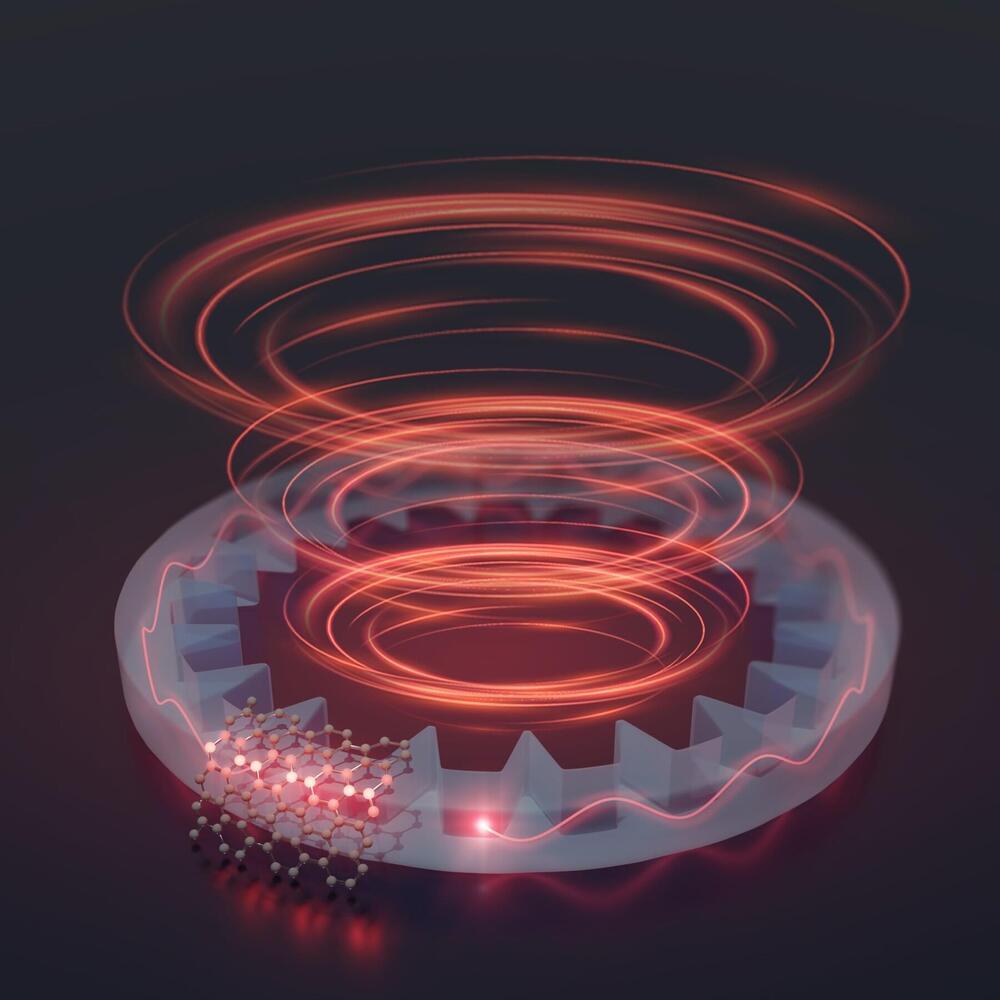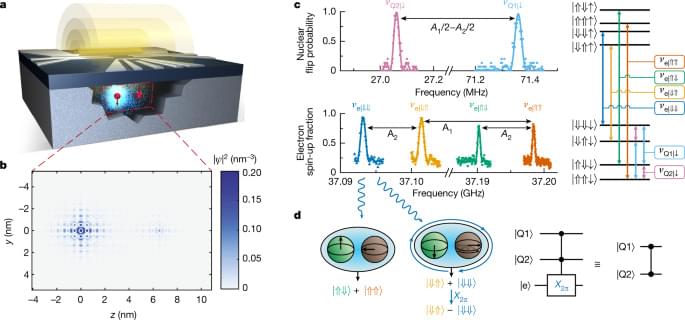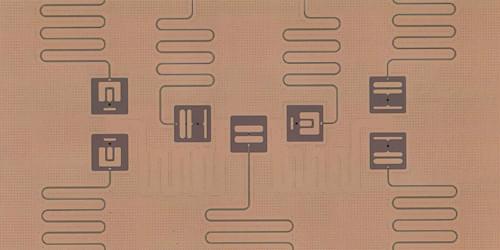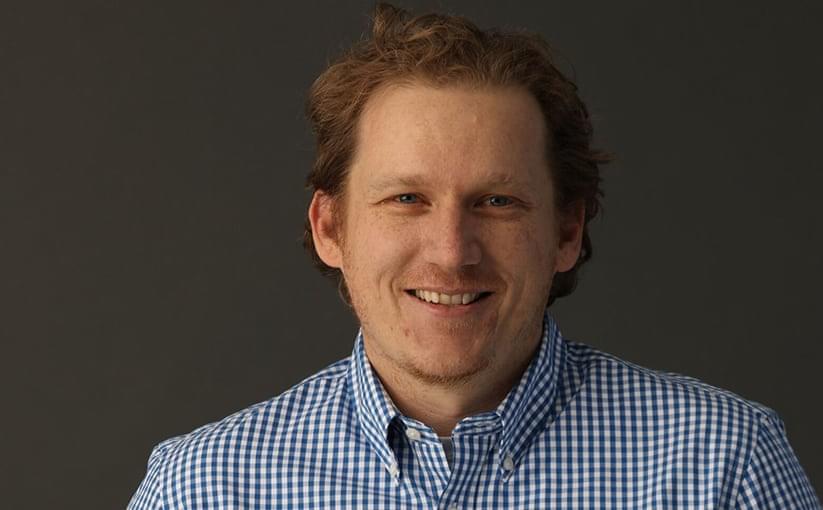Microsoft and Canonical have teamed up to add systemd support to the Windows Subsystem for Linux, allowing a larger number of compatible apps to be installed.
Systemd is a Linux software application that acts as the system and service manager for initializing daemons/services during the bootup of the operating system. Systemd also supports tools that allow Linux admins to easily manage and control these services after they have been started.
As systemd is responsible for launching all other services, it runs as the first process (PID 1) created by the Linux kernel on startup. All other initial startup services are then started and managed by systemd, as shown by the process tree below from Ubuntu.






